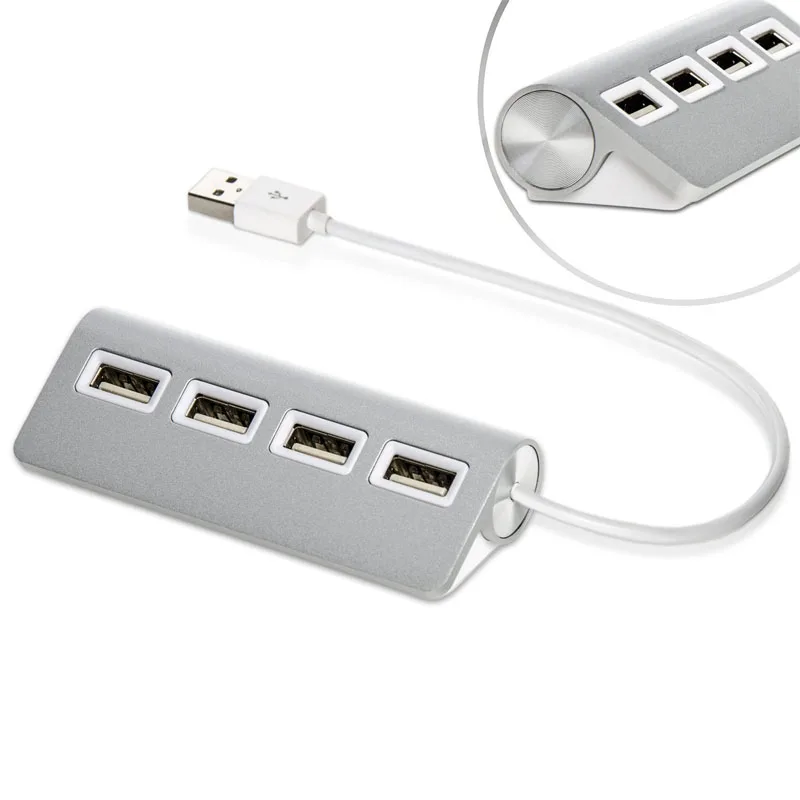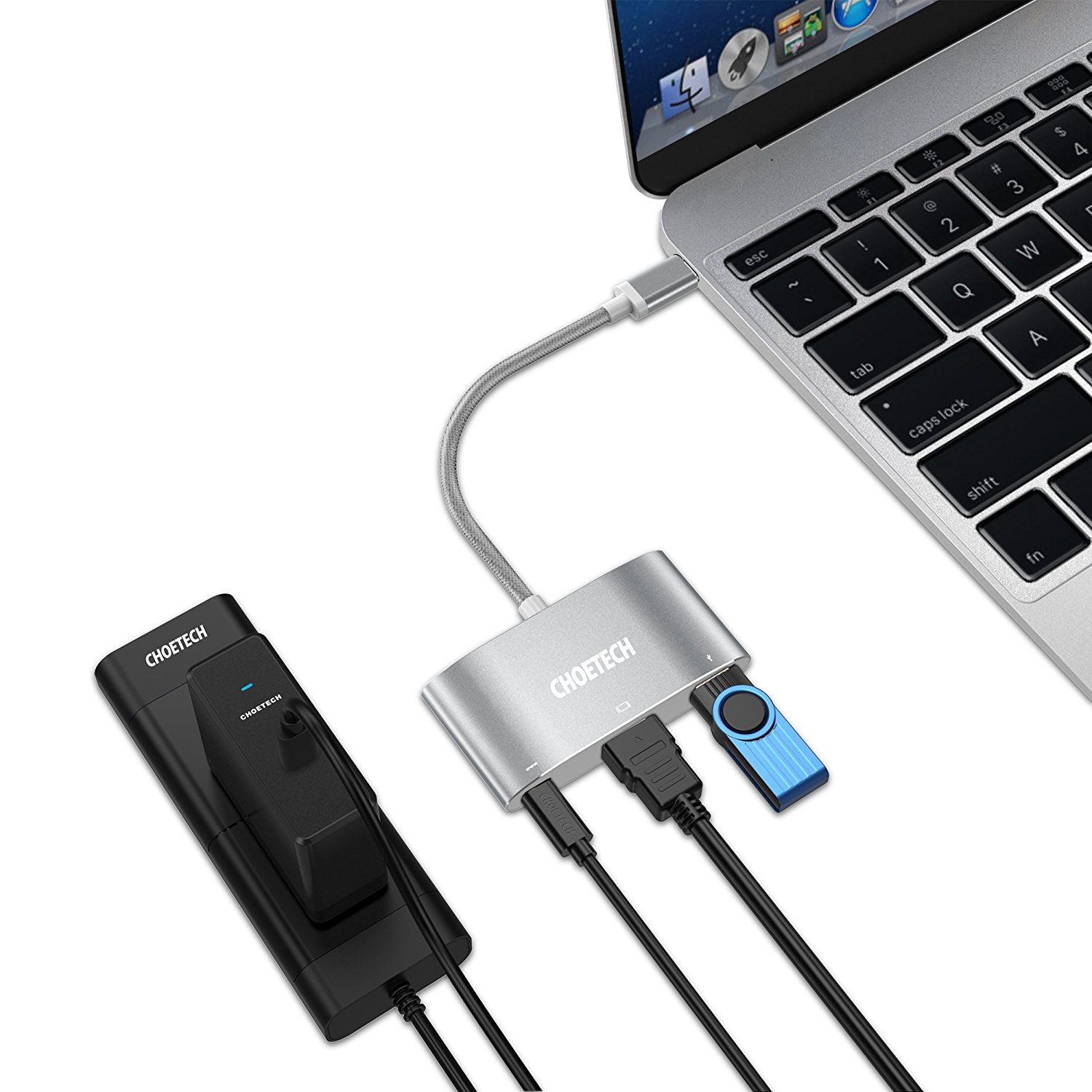Usb 2 Hub For Mac
Even for subsequent MacBook Air models, which have two USB 2.0 or USB 3.0 ports, there still are times when additional ports are desirable. For MacBook Air notebooks released prior to the 'Late 2010' models, there is the option of serious hacking, but the realistic way to add more USB ports to any MacBook Air is to use a USB 2.0 hub or a USB 3.0 hub. Expand your PC or Mac connectivity with this Insignia™ NS-PCH5420 USB hub, which interfaces with a single USB 2.0 port to enable connection of up to 4 USB devices. A 5V, 500 mA/port output delivers a rapid charge to compatible devices. See all USB Hubs.
Belkin Usb 2 Hub
USB port types and names
Usb 2 Hub For Macs
USB (Universal Serial Bus) is an industry standard for connecting computers and other devices. It's available with many types of ports, and each type has a unique shape. On Mac computers, USB is available with these ports, depending on your Mac model:

The AH430 aluminum hub works very well with my 2012 iMac running OS X 10.9.3 Mavericks. When both USB 2 & USB 3 devices are plugged into the hub, it will appear in the System Information app as two hubs, one on a 'USB 3.0 SuperSpeed Bus' with the USB 3 items attached to it, & the other on a 'USB Hi-Speed Bus' with the USB 2 items attached to that. This versatile USB-C hub boasts a whopping nine-port option that includes an Ethernet port with full 10/100/1000 Mbps delivery and a USB 2.0 Type A port if you’ve got an even older device.
Usb 2 Hub For Mac Computers
USB-A
Type USB-A ports are commonly called USB, USB 2, or USB 3 ports, depending on the USB specification they support. They aren't reversible, so a USB-A connector plugs into the port only when oriented correctly.

USB-C
Type USB-C ports are available as either standard USB-C ports or Thunderbolt 3 ports that also support USB-C connections. They both look the same, and the connector plugs into the port in either orientation.
Learn more about identifying the ports on your Mac, as well as the adapters and cables you can use to connect older devices to type USB-C ports.
USB specifications
USB specifications are important primarily when you want the most speed and power for your USB device, or your device needs more power or is using too much power. Every USB port supports a particular USB specification, which determines the port's maximum>USB specifications on MacData transferPowerUSB 3.1 Gen 2
Also known as USB 3.2 Gen 2
Up to 10 GbpsUp to 15W at 5VUSB 3.1 Gen 1
Also known as USB 3.2 Gen 1 or USB 3
Up to 5 GbpsUp to 900 mA at 5VUSB 2.0
Up to 480 MbpsUp to 500 mA at 5VUSB 1.1
Up to 12 MbpsUp to 500 mA at 5V

To learn which specification is supported by a type USB-A or type USB-C port on your Mac model:
- Choose Apple menu > About This Mac, click Support, then click Specifications.
- Check the System Information app for more details, including about USB devices connected to USB ports on your Mac. Select USB in the sidebar, then select a USB bus on the right.
Get the best performance from your USB devices
USB specifications all work with each other, but speed and power are limited by the cable or device that uses the earliest specification. For example, if you connect a USB 3 device to USB 2 port, your device is limited to USB 2 speeds, and it can't draw more power from the port than can be delivered over USB 2. In other words, to get the best performance, make sure that the USB port on your Mac and the USB cable to your device meet or exceed the USB specification of the device itself.
If your Mac doesn't recognize a USB device after you plug it into your Mac:
It supports all kinds of cameras, all types of formats, and any platform, including Mac and PC. Best graphics software for mac.
- Check all connections: Unplug the device from your Mac, then plug it back in, and make sure that all cables and adapters are securely connected at both ends. Test with another cable or adapter, if available.
- Plug the device directly into your Mac instead of a USB hub or other device, and if necessary test with a different USB port on your Mac or device.
- Some devices need their own software, such as drivers or firmware. Others work without additional software. Check with the maker of your device, and install all available Apple software updates as well.
- If your device came with an AC power adapter, use it. Some devices can be powered by the USB port on your Mac. Others need more power than your Mac can provide.
- Restart your Mac.
Learn more
- USB 3 devices can create wireless interference that affects Wi-Fi and Bluetooth devices. Learn how to resolve Wi-Fi and Bluetooth issues caused by wireless interference.
- Mac notebook computers with USB-C or Thunderbolt 3 can charge over that port using a compatible USB-C power adapter and cable.
